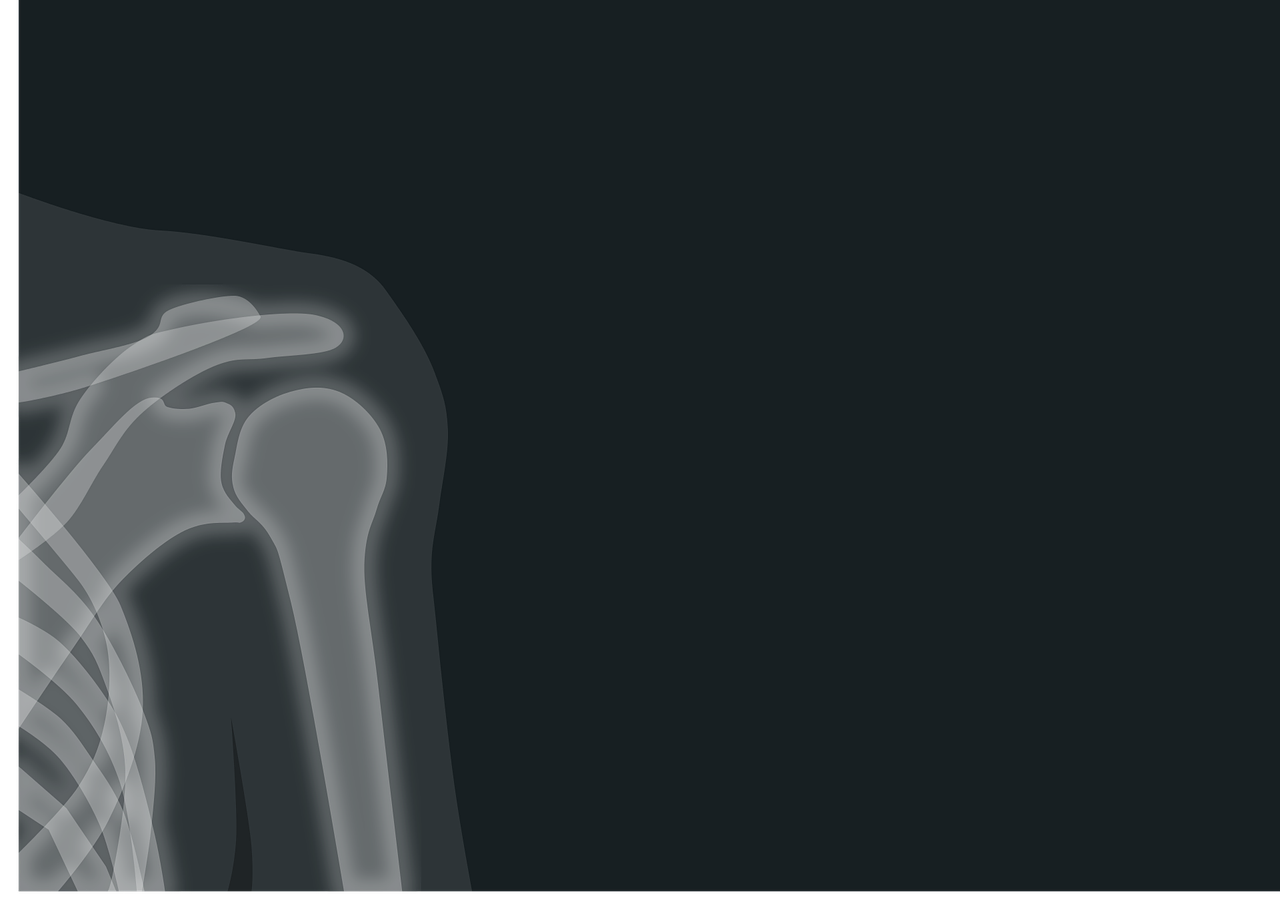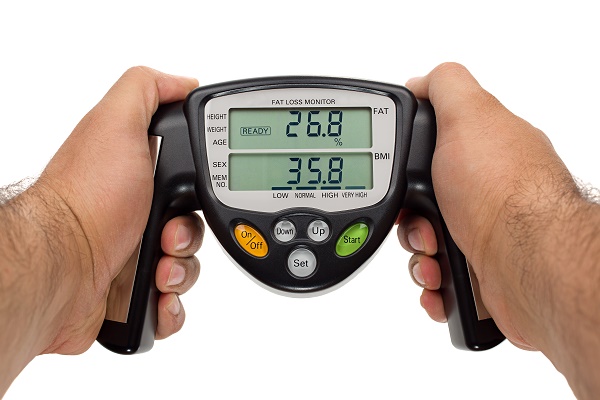
Anyone who has returned from vacation committed to getting rid of the belly they just spent a week acquiring while sipping pina coladas on the beach knows this routine well.
You step on the scale in the morning, workout, step on it again, and pray for a change.
We measure our fitness in terms of our weight, and this is simply wrong. Your weight could stay the same over the next year, and you could still go from beer belly to six pack abs.
If you want to get fit, you should focus on your body fat percentage, not your weight.
We’ve established on this blog that losing weight is not enough to achieve a ripped physique. If you lose weight without shedding body fat, you’ll simply end up “skinny fat.”
Of course, to lose body fat, you must first know your body fat percentage.
This is a surprisingly controversial topic. Body fat percentage is inarguably the deciding factor in how defined your muscles are, but we still fight quite a bit over how body fat should be measured.
We’re going to explore four methods of measuring body fat in this post, and by the end, you might be surprised which method receives my endorsement. (Hint: Think low tech). At the very end of the article, I’ll explain my #1 fitness hack for measuring your body fat accurately, using things you already have in your home.
Let’s start with a highly accurate – and expensive – method of measurement.
1. DXA (Dual-Energy X-ray Absorptiometry)

Dual-energy X-ray absorptiometry (DXA) is the gold standard for body fat measurement.
While DXA (pronounced “DEXA”) was designed mainly to measure bone density and monitor osteoporosis in older women, bodybuilders quickly figured out that the scans also revealed body fat mass.
Getting a DXA scan is quick and painless.
You simply lie flat while the “arm” passes over your body and x-rays you from head to toe.
I’ve had a DXA scan completed, and while the results were accurate, finding a facility with the equipment is inconvenient and the process is expensive (about $100 per scan).
Unless you’re wealthy, DXA isn’t a viable long-term option for measuring body fat.
2. Hydrostatic Weighing Method

Before DXA hit the scene, the hydrostatic weighing method was the most accurate way to measure body fat (some people would argue it’s still the most accurate).
If you can find a facility that offers it, hydrostatic weighing is an involved process:
- You are weighed on land.
- You are lowered into the water.
- You are asked to expel all the air from your lungs.
- You must remain motionless.
- Your underwater weight is measured three times.
- Your three weights are averaged.
I’ve never used this method, but given the chance, I would try it just for informational purposes.
Like the DXA method, hydrostatic weighing is too inconvenient and costly ($100) to serve as your recurring method of body fat measurement.
3. Bioelectrical Impedance

You see this method used at nearly every gym – fitness bros step on the scale and hold the handles as an electrical charge is sent through their body.
The test is easy and quick, and since it’s in every gym, it must be accurate… right?
Sadly, this method is the least accurate because it’s highly sensitive to your hydration level.
Your percentage could vary widely from day to day based on how much water you drank.
If you’re curious why this method is used in every gym if it’s not accurate, check out this article we did detailing the fitness marketing monster. It’s eye-opening.
4. Pull-and-Pinch With Body Fat Calipers

For an economical and accurate way to measure body fat, go with body fat calipers.
Studies have shown the accuracy of calipers rivals more expensive alternatives.
You simply “pinch and pull” the fat away from your body and clamp it between the calipers.
Best practice is to measure body fat in at least these three places:
- Chest
- Abs
- Thighs
I recommend the Accu-Measure Fitness Body Fat Calipers, which cost less than $10.
Fitness Hack: Replace Your Caliper With A Ruler

If you lose your caliper, or if you think $10 is still an obscene expense, you can also make your own caliper-like contraption easily.
Have a friend pinch your body fat at the same places you’d measure with your caliper (make sure you have the sort of relationship where asking them to pinch your body fat won’t be weird), and then measure the pulled skin with a ruler.
Inches roughly correlate (actual percentages can fluctuate by about 2%-3% depending on your body) to body fat percentages as follows:
- 1/4-inch is 7 percent
- 1/2 inch is 11 percent
- 3/4 inch is 15 percent
- 1 inch is 20 percent
- 1 1/2 inch is 25 percent
- 2 inches is 30 percent
- 2 1/2 inches is 35 percent
How Often Should You Measure?
Although there’s no perfect answer, I’d advise checking your body fat at least once a week.
Most people I know who are cutting weight measure every morning to ensure they have as many data points as possible to work with (yes, like a science experiment).
However, daily testing can cause meltdowns if your number isn’t dropping.
Be patient and keep your focus on the trend, not the daily grind. If you’re following the Hack Your Fitness program to the letter, your percentage will drop over time.
Once you hit single digit body fat and get to show off your six-pack abs, you won’t care if you’re half a percentage more or less than you appear to be.
